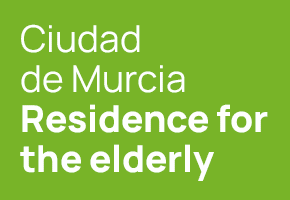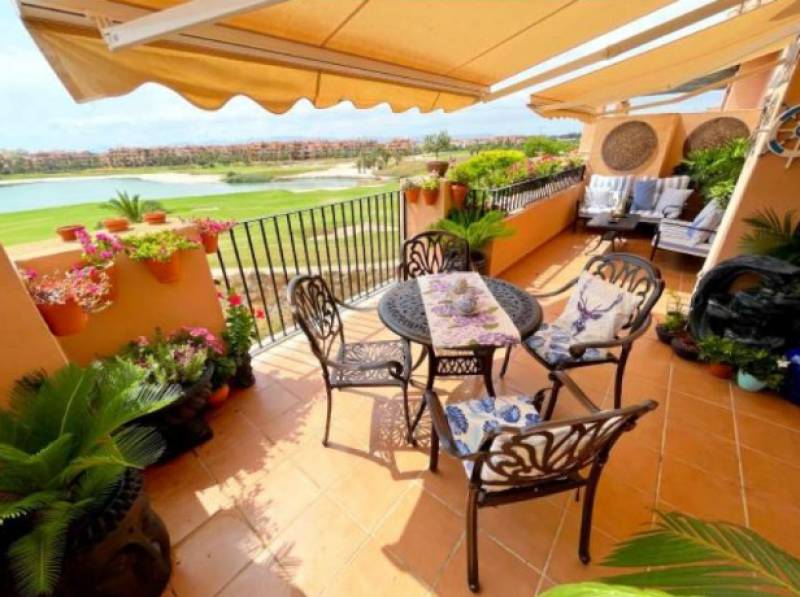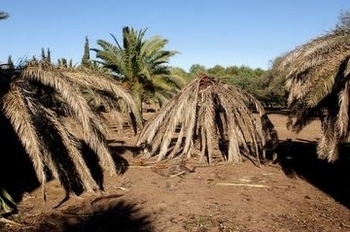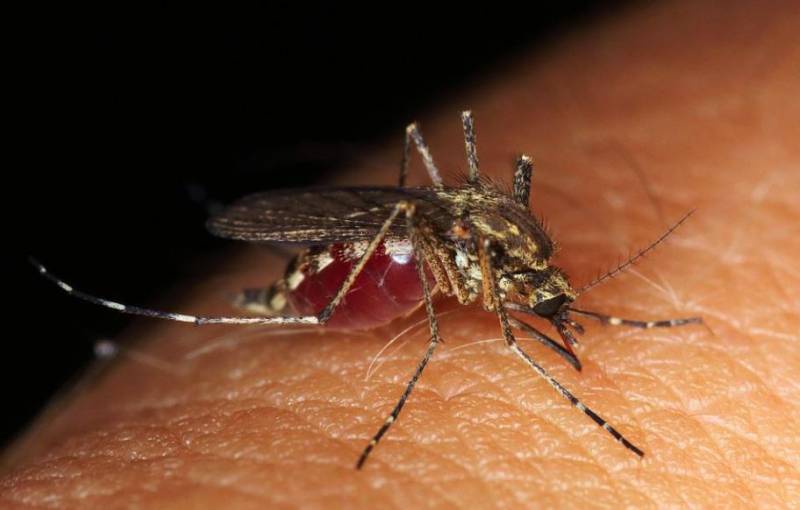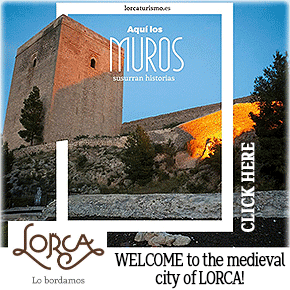- Region
- Águilas
- Alhama de Murcia
- Jumilla
- Lorca
- Los Alcázares
- Mazarrón
- San Javier
-
ALL AREAS & TOWNS
- AREAS
- SOUTH WEST
- MAR MENOR
- MURCIA CITY & CENTRAL
- NORTH & NORTH WEST
- TOWNS
- Abanilla
- Abarán
- Aguilas
- Alamillo
- Alcantarilla
- Aledo
- Alhama de Murcia
- Archena
- Balsicas
- Blanca
- Bolnuevo
- Bullas
- Cañadas del Romero
- Cabo de Palos
- Calasparra
- Camping Bolnuevo
- Campo De Ricote
- Camposol
- Canada De La Lena
- Caravaca de la Cruz
- Cartagena
- Cehegin
- Ceuti
- Cieza
- Condado de Alhama
- Corvera
- Costa Cálida
- Cuevas De Almanzora
- Cuevas de Reyllo
- El Carmoli
- El Mojon
- El Molino (Puerto Lumbreras)
- El Pareton / Cantareros
- El Raso
- El Valle Golf Resort
- Fortuna
- Fuente Alamo
- Hacienda del Alamo Golf Resort
- Hacienda Riquelme Golf Resort
- Isla Plana
- Islas Menores & Mar de Cristal
- Jumilla
- La Azohia
- La Charca
- La Manga Club
- La Manga del Mar Menor
- La Pinilla
- La Puebla
- La Torre
- La Torre Golf Resort
- La Unión
- Las Palas
- Las Ramblas
- Las Ramblas Golf
- Las Torres de Cotillas
- Leiva
- Librilla
- Lo Pagan
- Lo Santiago
- Lorca
- Lorquí
- Los Alcázares
- Los Balcones
- Los Belones
- Los Canovas
- Los Nietos
- Los Perez (Tallante)
- Los Urrutias
- Los Ventorrillos
- Mar De Cristal
- Mar Menor
- Mar Menor Golf Resort
- Mazarrón
- Mazarrón Country Club
- Molina de Segura
- Moratalla
- Mula
- Murcia City
- Murcia Property
- Pareton
- Peraleja Golf Resort
- Perin
- Pilar de la Horadada
- Pinar de Campoverde
- Pinoso
- Playa Honda
- Playa Honda / Playa Paraíso
- Pliego
- Portmán
- Pozo Estrecho
- Puerto de Mazarrón
- Puerto Lumbreras
- Puntas De Calnegre
- Region of Murcia
- Ricote
- Roda Golf Resort
- Roldan
- Roldan and Lo Ferro
- San Javier
- San Pedro del Pinatar
- Santiago de la Ribera
- Sierra Espuña
- Sucina
- Tallante
- Terrazas de la Torre Golf Resort
- Torre Pacheco
- Totana
- What's On Weekly Bulletin
- Yecla


- EDITIONS:
 Spanish News Today
Spanish News Today
 Alicante Today
Alicante Today
 Andalucia Today
Andalucia Today
The Red Palm Weevil in Murcia, Spain, important information for residents
 The Red Palm Weevil in Murcia
The Red Palm Weevil in Murcia
Picudo Rojo is a widespread menace in southern spain. So how do you know if a tree is infested and what can be done about it?
Although a problem in many other countries, the weevil has only made its presence felt in the last 10 years, and although councils have fought hard to control it, is now spreading at a frightening rate across the region.
There are two main reasons why the weevil is taking such a hold - one, the symptoms of infestation can take three months to show, and secondly the speed of reproduction.
The Spanish climate encourages rapid reproduction, with a single female capable of laying between three to four hundred eggs every three to four months. This alone could lead to a rapid increase in population, but this is compounded by the fact that an insect reaches sexual maturity within 4 months, so the explosion in population can be phenomenal, given the right breeding conditions.
The warm weather we are currently experiencing is encouraging increased breeding, heightening the risk of the infestation spreading further.
 Several generations can co-exist in the same tree, with weevils in all stages of the reproductive cycle, leading to massive damage at high speed, and as the adults are capable of flying for several kilometers without stopping, their spread can be rapid and devastating.
Several generations can co-exist in the same tree, with weevils in all stages of the reproductive cycle, leading to massive damage at high speed, and as the adults are capable of flying for several kilometers without stopping, their spread can be rapid and devastating.
One of the strongest messages to come out of the talk was the urgent need for immediate action, as one infested tree could lead to the loss of every other tree within the immediate area.
There is no responsibility on the part of the local council to remove the tree. Responsibility for the trees lies entirely in the hands of its owner. Money made available to councils was to have been used for the preservation of mature specimens and council trees in public spaces, but there are no funds available on a regional level at the moment and councils have stopped compensating owners now that the weevil has spread on such a large scale.
 So what are the symptoms?
So what are the symptoms?
How to recognise the red palm weevil
A tree can be infested for several months before the symptoms start to show, making it difficult to diagnose infestation.
The major damage is caused by larvae when feeding inside the palm tree. Females lay their eggs in between the bases of the leaves, or in the shoots. The emerging larvae attack these areas in particular and many of the most visible symptoms are leaf related.
Straw coloured central leaves
Fallen external leaves
Foliage can appear to have been cut, as if by scissors
The leaves detach very easily, and there can be a strong smell and red secretion. Palm leaves are impossible to detach by hand, so any looseness is a sure sign of Palm Weevil
Presence of fibrous masses - these are caused by the activity of the larvae, building cocoons
.Generally heavy appearance of crown leaves
What to do if you suspect a tree is infested
The advice originally given was to contact the Local Town hall or Medio Ambiente offices immediately and tell them you have a problem with Picudo Rojo, or speak to the ministry of agriculture..
We have spoken with them at length obtained the relevant legilation, and indeed, at the moment, it is down to the tree owner to dispose of , or treat, their own tree.
Removal should be done by a professional company as the disposal of the trees is legislated,and they must be incinerated professionally by law.
We have heard of local residents who are unwilling to pay for their trees to be removed and are paying illegal companies to remove the tree and dump it somewhere or set it alight. This is absolutely the wrong thing to do, as the trees may only be incinerated in a contained environment, setting fire to the tree in the campo will simply encourage the weevil to leave the stump and fly off to seek other trees. It is also illegal to do this.
Trees do not necessarily have to be removed, they can be injected with chemicals to kill the incumbent weevil, and preventative treatment is preferable, particularly post-pruning.
If a tree is doscovered to contain weevil, the most sensible thing to do is immediately treat all palm trees around the infested specimen or trap- net it to prevent the pest spreading further.
How to treat picudo rojo, red palm weevil
Trees are sprayed to eliminate insects housed in the crown of the tree and injected to kill the larvae and adult insects that are feeding inside the tree and at the leaf bases.
The ministry of agriculture recommend that injecting a tree should only be done by qualified professionals, but anyone can undertake spraying and chemicals can be purchased from agricultural suppliers.
Other treatments are frequently being tested, one of the most successful being Beauveria Bassiana, a fungal treatment which has been highly successful in trials, but is not availabale commercially at the moment.
Spraying
Treatments should be administered every 6 weeks from the beginning of March to the end of November. Trees should be well showered, approximately 20 litres of liquid per palm tree is required.
We were recommended to use PUXIS, alternated with PROVADO JARDIN adding a little paraffin oil to improve adherence.
Injections.
Two injections are required, with 20 to 30 days between each treatment.
Dosage will vary, according to the diameter of the trunk, as well as the positioning of the injections. Trees need to be treated in spring and again , in autumn.
Once injections have been completed, the capsules are removed, and the holes capped off with silicone to prevent re-infection.
Injection requires experience and expertise, and it is wise to use the services of a professional to administer them.
How to prevent red palm weevil infestation
 Is there any way of preventing infestation?
Is there any way of preventing infestation?
Pruning sends out a very strong smell to the insect world and Weevils are attracted by the pheromones given off by a fresh cut.
It is recommended to spray the fresh wound with insecticide, and only prune trees that are being protected. There is no time scale recommended for pruning, trees can be pruned at any time of the year, but it is recommended that pruning be done once, and thoroughly, rather than cutting off an odd branch from time to time, as each cut made is likely to attract weevil to the area.
Fresh wounds can also be sealed using a chemical paint- if you look at council maintained trees you will see that cuts are painted with a green paint.
Council workers will only ever remove leaves that have gone brown, and will not cut unnecessarily.
Preventative sprays can be obtained from local agricultural suppliers .
Do they infest all types of palm?
It is mainly attracted to the Phoenixes, these being the Canary island Palm and the Date Palms. Rare reports have been made of Washingtonias being attacked, but these are very infrequent.
What do they look like?
The adults are red, with black striped wings, a pointed head and vary in length from 2-5cm
 The eggs are very small, and are hard to see, being only 1-2mm long, but once the larvae hatch, which are ivory coloured and pear shaped, they can grow to 5cm in length, although are rarely seen, living inside the trunk and at the base of leaves.
The eggs are very small, and are hard to see, being only 1-2mm long, but once the larvae hatch, which are ivory coloured and pear shaped, they can grow to 5cm in length, although are rarely seen, living inside the trunk and at the base of leaves.
Once full size is reached, the larvae weave themselves cocoons from the palm fibres, emerging as adult weevils. Evidence of this activity taking place are the fibrous masses seen in the crown of the tree.











